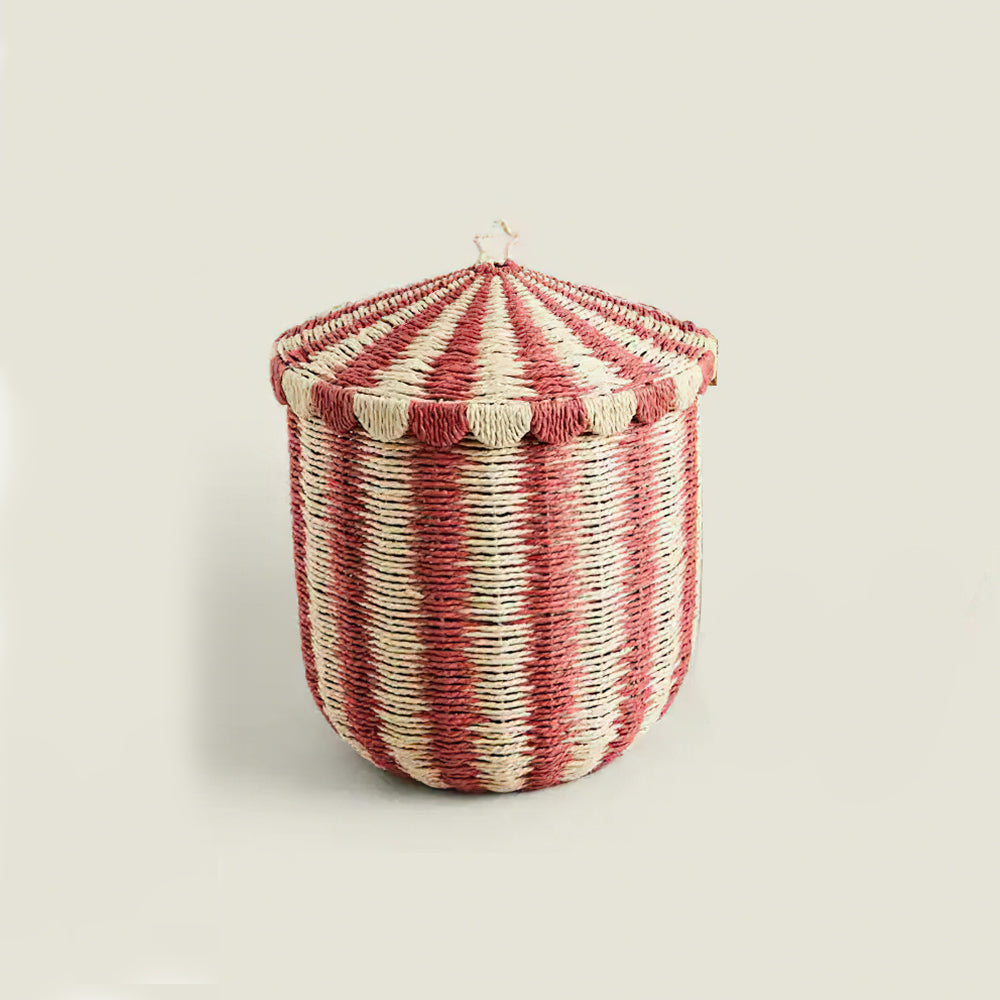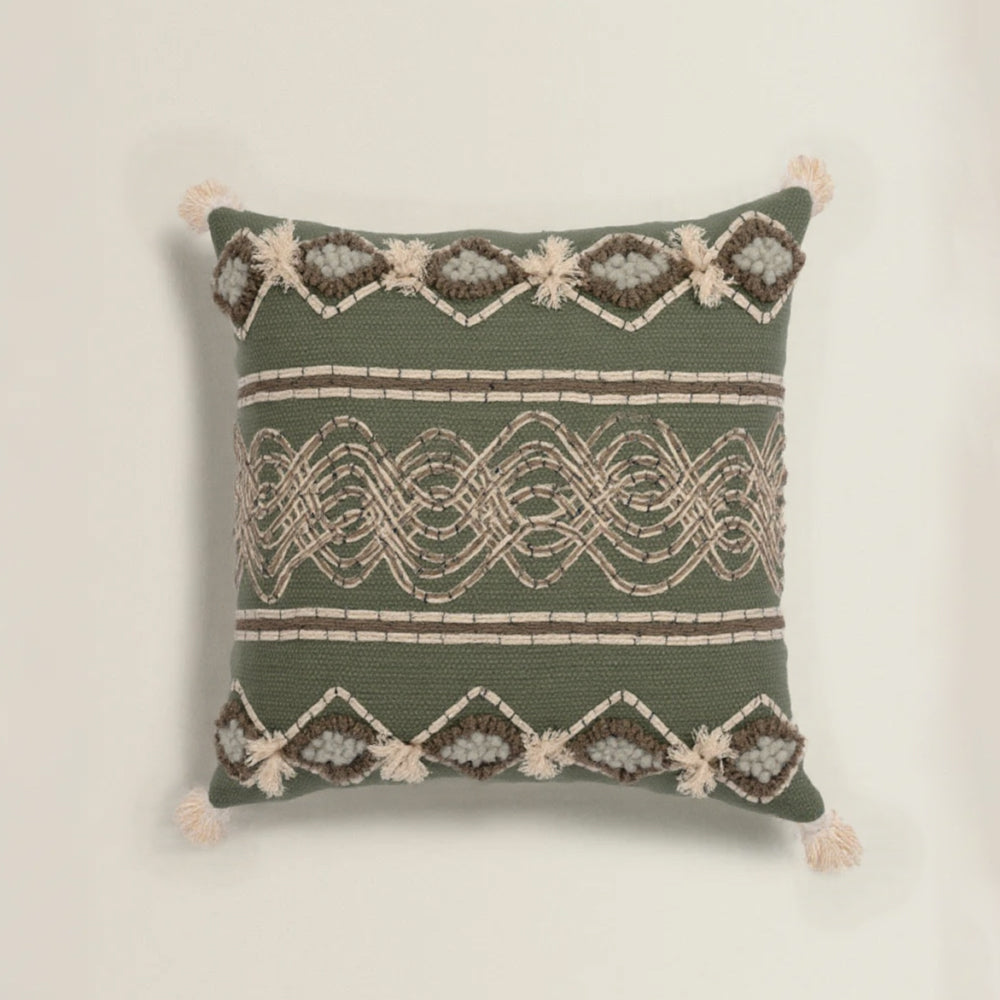When it comes to rugs, their soft touch and the cozy warmth they bring to a home feel like a gentle ray of sunshine quietly touching our hearts. With a myriad of patterns, materials, and colors available on the market, it is a visual feast that is simply dazzling. So, how to pick the one that truly captures your heart?
Today, let's delve into the enigmatic realm of Oriental rugs together and discover what makes them enchanting. What exactly are Oriental rugs? And what unique charms do they hold? Let's unveil their mystical veil and savor their elegance and flavor.
In this Article
- Part 1:Definition of Oriental and Oriental Rugs
- Part 2:Characteristics of Oriental Rugs
- Part 3:Cultural Significance and Artistic Value of Oriental Rugs
- Part 4:The Most Popular Types of Oriental Rugs
- Part 5:Decorative Inspiration from Oriental Rugs
- Part 6:Care Guide of Oriental Rugs
- FAQs:Hot Questions about The Different Types of Oriental Rugs


Part 1: Definition of Oriental and Oriental Rugs
The Oxford Dictionary indicates Oriental is “connected with or typical of the eastern part of the world, especially China and Japan.” The first definition in Merriam-Webster Dictionary shows: Oriental refers to something “of, relating to, or situated in the Orient”, similar to “Eastern.” Oriental rugs are defined as “handwoven or hand-knotted rugs or carpets made in a country of central or southern Asia.”
Part 2: Characteristics of Oriental Rugs
Materials
Oriental rugs are traditionally crafted from premium natural fibers such as wool, silk, and cotton, which not only provide exceptional durability but also ensure a sumptuous softness that's a delight to the touch.

Patterns
These rugs are renowned for their intricate patterns, which feature a wealth of natural motifs, geometric designs, and symbolic icons. From dragons symbolizing power to blossoms embodying beauty, these elements are skillfully arranged to create a visually striking and captivating tapestry. The symmetrical composition adds to the rugs' visual balance and stability, making them harmonious additions to any space.

Colors
Oriental rugs often employ vibrant, contrasting colors to amplify their visual appeal. Shades like red, yellow, and green are artfully blended with the patterns, creating a striking symphony of hues that is both pleasing to the eye and deeply rooted in cultural significance.

Weaving Methods
Oriental rugs are crafted by skilled artisans using high-density weaving that maintains the rugs' original texture and color. They feature two classic knotting styles: the asymmetrical Persian knot, prevalent in Iran and India, and the symmetrical Turkish knot, common in Turkey and the Caucasus region.

Part 3: Cultural Significance and Artistic Value of Oriental Rugs
Oriental rugs exquisitely blend the essence of various civilizations, including Chinese, Persian, and Arab, actively fostering cultural exchange and dissemination. The symbolic designs on the rugs, representing regional cultural elements, not only highlight the skillful use of color and the charm of geometric shapes but also vividly reflect the relentless dedication to exquisite craftsmanship.
Part 4: The Most Popular Types of Oriental Rugs
Persian Rugs
Persian rugs hold approximately 35% of the market share, renowned worldwide for their intricate designs, masterful high-density weaving, and the unique craftsmanship that employs natural dyes. They are in high demand in both European and Middle Eastern regions, and are deeply favored by consumers.

Turkish Rugs
Turkish rugs, with about 22% of the market share, are celebrated for their symmetrical knots and geometric motifs, with styles like Oushak being diverse in design and reasonably priced.


Chinese Rugs
Chinese carpets make up about 18% of the global market, with Hotan silk and Ningxia antique rugs leading the charge. These rugs, brimming with cultural richness, are highly coveted in East Asia and gaining popularity in Europe and the US.

Indian Rugs
In recent years, Indian rugs have gained popularity in the European and American markets due to the trend of bohemian style. Known for their vibrant colors and flat-woven techniques, these rugs are not only affordable but also durable.

Part 5: Decorative Inspiration from Oriental Rugs
These enchanting rugs make an ideal embellishment for living spaces like the living room, bedroom, study, and dining area. They complement a variety of furniture pieces such as coffee tables, sofas, and dining tables. Feel free to pick furniture styles, colors, and materials that resonate with your personal taste to craft your dream home.


Part 6: Care Guide of Oriental Rugs
In addition to routine dusting, it's important to keep the rug out of direct sunlight. Also, regularly inspect the rug for signs of insect damage or mold. Ensure good ventilation indoors to minimize the impact of humidity on the rug. When not in use, roll up the rug, place it in a rug bag, and include moth repellent.
FAQs: Hot Questions about The Different Types of Oriental Rugs
Q1. What is the difference between Persian and Oriental rugs?
Oriental rugs encompass a broad category that includes Persian rugs. In other words, all Persian rugs are considered Oriental rugs, but not all Oriental rugs are Persian. They may also include Chinese rugs, Indian rugs, Kurdish rugs, Turkish rugs, and more
Q2: How can you tell if an oriental rug is high quality?
Here are a few key details to pay attention to:
Material Composition: High-quality Oriental rugs are typically made from premium wool, silk, or both. These materials offer superior durability and a more comfortable feel.
KPSI: Higher KPSI values generally signify finer details and enhanced durability. For high-quality rugs, this number is usually above 200.
Details: Check for loose threads along the edges and whether the colors are consistent. High-quality rugs are usually subjected to rigorous inspections before they are released to the market.
Q3. What makes oriental rugs so expensive?
Choice Overload: Hand-knotting is a time-consuming and labor-intensive process. Even a small rug can take several months to complete due to its intricate patterns.
Hand-knotting: Poorly made waterproof protectors can feel and sound like a crinkly tarp.
High-quality materials: Oriental rugs are typically made from superior wool or silk, which are durable and incredibly soft to touch.
Cultural heritage: The patterns woven into these rugs carry distinct cultural meanings and play an active role in the dissemination and exchange of culture.
Conclusion
Oriental rugs, often hailed as “art underfoot”, are captivating admirers with their exquisite craftsmanship, intricate patterns, and natural materials. They are not just treasures of home decor, but also vessels of deep cultural heritage. We hope they can bring you the joy of beauty.
About Us
Merry Casa offers all kinds of home decor that go beyond decoration — each piece is a part of daily life, a storyteller, and a step toward your dream home.


